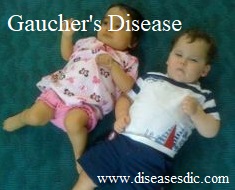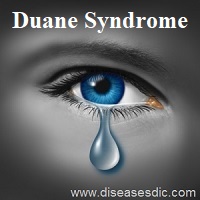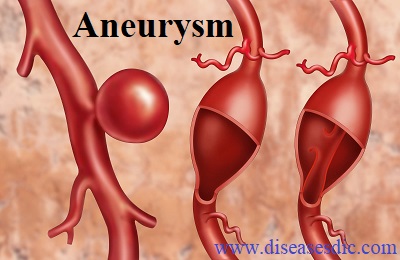Definition Gaucher disease is the result of a buildup of certain fatty substances in certain organs, particularly your spleen and liver. This causes these organs to enlarge and can affect their function. History It was in 1882 that a medical student in Paris called Philippe Gaucher first described in his …
Read More »Dercum’s Disease – Causes, Complications, and Diagnosis.
Description Dercum’s disease is an extremely rare disorder characterized by multiple, painful growths consisting of fatty tissue (lipomas). These growths mainly occur on the trunk, the upper arms and upper legs and are found just below the skin (subcutaneously). Pain associated with Dercum’s disease can often be severe. Pain may …
Read More »Noonan’s Syndrome – Symptoms, Diagnosis and Medications.
Definition Noonan’s syndrome is a genetic disorder that prevents normal development in various parts of the body. A person can be affected by Noonan syndrome in a wide variety of ways. These include unusual facial characteristics, short stature, heart defects, other physical problems and possible developmental delays. Noonan’s syndrome History …
Read More »Myotonic Dystrophy – Causes, Treatment and Prevention.
Definition Myotonic dystrophy is an inherited type of muscular dystrophy that affects the muscles and other body systems. People who have myotonic dystrophy have muscle wasting and weakness in their lower legs, hands, neck and face that get worse over time. Signs and symptoms of myotonic dystrophy usually develop when …
Read More »Duane Syndrome – Causes, Diagnosis and Treatment.
Definition Duane syndrome (DS) is a rare, congenital disorder of eye movement. In most patients, DS is diagnosed by the age of 10 years. DS is a miswiring of the eye muscles that cause some eye muscles to contract when they should not and other eye muscles not to contract …
Read More »Beckwith Wiedemann Syndrome – Complications and Prevention.
Definition Beckwith Wiedemann Syndrome is a congenital overgrowth disorder usually present at birth. BWS is characterized by large body size, enlarged organs, macroglossia (enlarged tongue), midline abdominal wall defects (omphalocele/exomphalos, umblicial hernia, diastasis recti), neonatal hypoglycemia and greatly increased risk of childhood cancer, particularly liver and kidney tumors. Beckwith …
Read More »Achalasia – Diagnosis, Complications and Treatment.
What is Achalasia? Achalasia is a serious condition that affects your esophagus. The esophagus is the tube that carries food from the throat to the stomach. The lower esophageal sphincter (LES) is a muscular ring that closes off the esophagus from the stomach. If you have achalasia, your LES fails …
Read More »Aneurysm – Causes, Complications and Treatment.
Definition An aneurysm occurs when an artery’s wall weakens and causes an abnormally large bulge. This bulge can rupture and cause internal bleeding. About 13,000 deaths occur each year in the United States from aortic aneurysms. Although an aneurysm can occur in any part of your body, they’re most common in …
Read More » Diseases Treatments Dictionary This is complete solution to read all diseases treatments Which covers Prevention, Causes, Symptoms, Medical Terms, Drugs, Prescription, Natural Remedies with cures and Treatments. Most of the common diseases were listed in names, split with categories.
Diseases Treatments Dictionary This is complete solution to read all diseases treatments Which covers Prevention, Causes, Symptoms, Medical Terms, Drugs, Prescription, Natural Remedies with cures and Treatments. Most of the common diseases were listed in names, split with categories.








